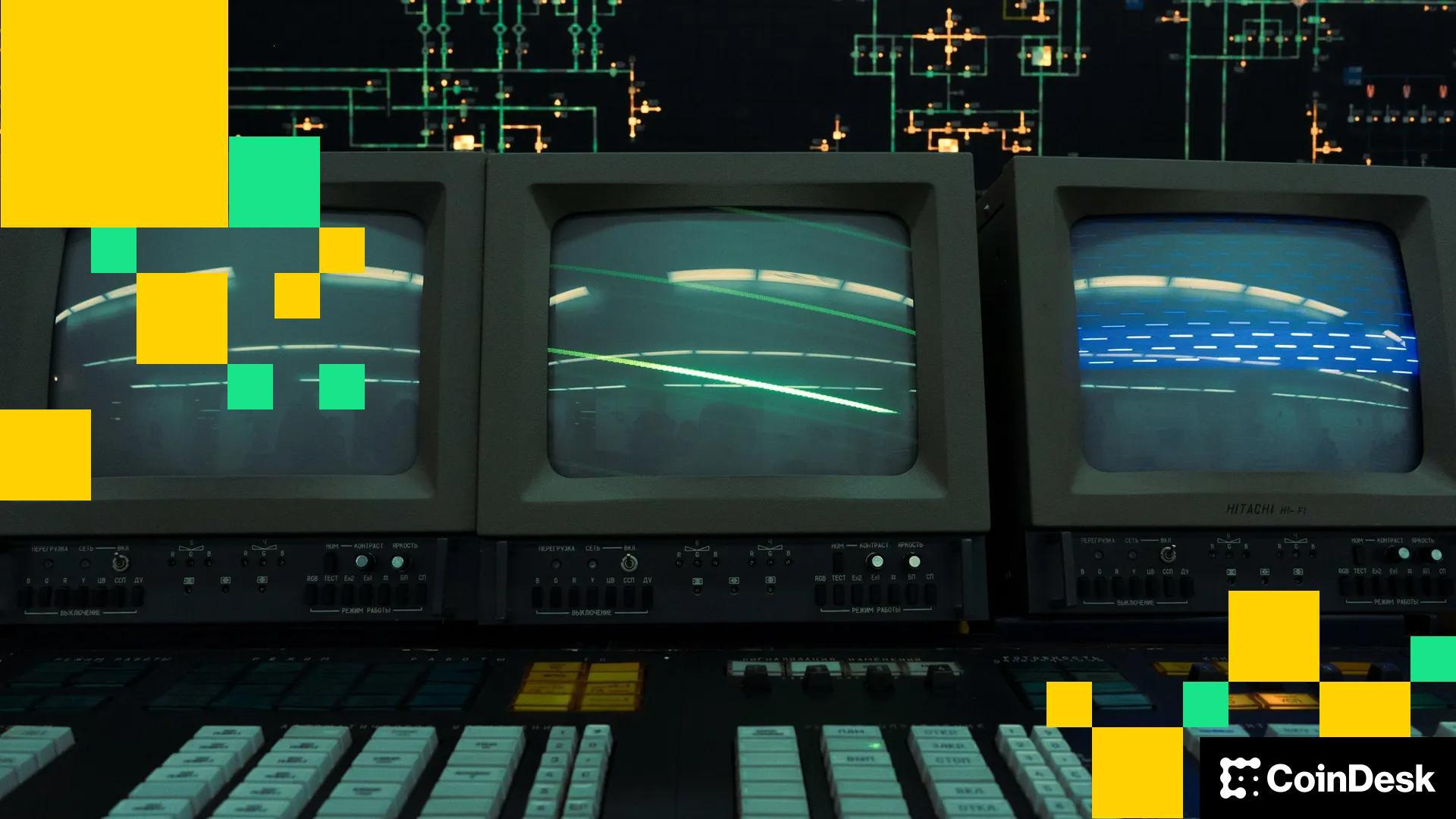If an AI system were to ever manage to attack or disrupt the cryptography of a respected blockchain – even in a white hat research context – every known crypto panic sell-off before that point would seem insignificant. If a quantum computer broke a blockchain, you might as well close up shop. The interest in blockchains would definitely be compromised.
The good news is that there is a well-defined technical roadmap to avoid this. Some, not enough, but a few the protocols already implement it. But why do many fail?
This is a real and imminent threat that the crypto industry ignores at its peril. To secure the future of decentralized technology, crypto urgently needs to upgrade its infrastructure to proactively manage and partner with the industries that pose the greatest risk: AI and quantum computing.
Blame it on pride, protectionism or competition, but these cross-sector partnerships and technical sustainability measures are simply not happening at a significant pace. As a result, technology designed to improve humanity is increasingly vulnerable to the infrastructure that will define it.
Blockchain technology finally offers secure, transparent and autonomous systems on a global scale. Yet today, threats from AI – and, later, quantum computing – show that cryptography isn’t doing enough to safeguard everything it has built.
A recent study from Cornell University examined how AI agents connected to blockchain protocols can be manipulated by adversaries who alter their memory or context. Malicious actors can inject fake logs or prompts, triggering unauthorized transfers or protocol violations, essentially turning AI-driven crypto agents into backdoor allies.
Meanwhile, AI in the hands of attackers is already fueling cybercrime. Phishing, malware, and AI-based zero-day exploits are proliferating, and traditional defenses are struggling to keep pace.
But it’s just as imperative to address the fact that much of our industry is moving toward quantum computing. Although it may still be a decade before blockchains are broken, the risk could be more serious than a 51/49 attack from generative AI. Experts warn that within a decade, powerful quantum machines could crack the encryption that secures up to 25% of all Bitcoin, especially BTC stored in old wallets with exposed public keys.
Researchers have already discovered that the traditional public key cryptography that forms the heart of blockchains is vulnerable to quantum algorithms that already exist today. Post-quantum cryptography (PQC) standards are now emerging from government cybersecurity organizations like NIST and ENISA, but the crypto industry is not taking their guidelines seriously enough.
Ultimately, many operators are prioritizing hypergrowth over responsible scaling and are not acting with enough urgency or partnering with AI and quantum experts to build future-proof systems.
Only a few blockchains, such as Sui, Ethereum, and Algorand, are actively developing and testing post-quantum algorithms, with Sui going so far as to solve the backwards compatibility problem to protect legacy non-quantum accounts. Even as NIST standards strengthen, some of the world’s most valuable networks still use ECDSA without quantum-resilient upgrades. Research confirms a widespread lack of preparedness across major platforms.
The consequences of inaction are real. If AI infiltrates blockchain systems, hacks could be invisible, stealthy and systemic. Agents with false memories could illegally move funds, compromise contract security, or corrupt DeFi protocols. And if quantum computing arrives before we have adopted quantum-secure algorithms across the board, attackers could reverse engineer private keys, rewrite history, and undermine user wallets, destroying hard-earned trust across the industry.
It’s time to mitigate these systemic risks, but the migration to scalable technologies and partnerships must begin now. Each crypto protocol should assess its crypto inventory and begin planning for a phased deployment of post-quantum cryptography well in advance of security agency recommended timelines.
Waiting is not a strategy, as there could easily be a breakthrough innovation in quantum computing or AI – accelerated by AI itself – that would advance the threat timeline by several years.
Beyond inaction on future-proofing blockchains at the protocol level, meaningful partnerships between crypto, AI, and quantum companies remain rare, there are not enough AI companies co-designing secure crypto agent frameworks with crypto companies, and there is not enough collaboration between the blockchain industry and the world quantum academic.
Together, crypto operators and AI and quantum researchers should develop frameworks for coexistence. This includes creating mechanisms through which blockchains secure AI outputs such as immutable logs, transparent decision histories, and trusted governance.
Engagement with regulators also needs to improve significantly. This means working with organizations like NIST and ENISA to test and help refine new post-quantum cryptography standards. Those who help define what a quantum-proof protocol is are more likely to implement it correctly and securely.
Better collaboration will lead to security measures that protect governments, businesses, individuals and the technology that advances humanity. More importantly, there are many ways in which cryptography, AI, and quantum computing can help each other and improve society if they work in synergy. Deeper cross-sector integrations are not only better for our security, they are also better for the global economy.
With quantum and cryptographic collaborations, imagine networks that use quantum signatures and encryption from day one. And this is where it gets fun. These networks could store next-generation scientific data – medical breakthroughs, genomic research, climate models – with the guarantee that even the most advanced quantum adversary cannot alter historical truth. Quantum advances become allies rather than threats.
Only by proactively working with the AI and quantum communities can the crypto industry deliver on its promises. Crypto can build systems that are not only safe from tomorrow’s threats, but also amplify humanity’s potential. But if the industry fails to build more effective partnerships with other sectors and take independent action to mitigate risks, much of what the world is excited about today could disappear.




